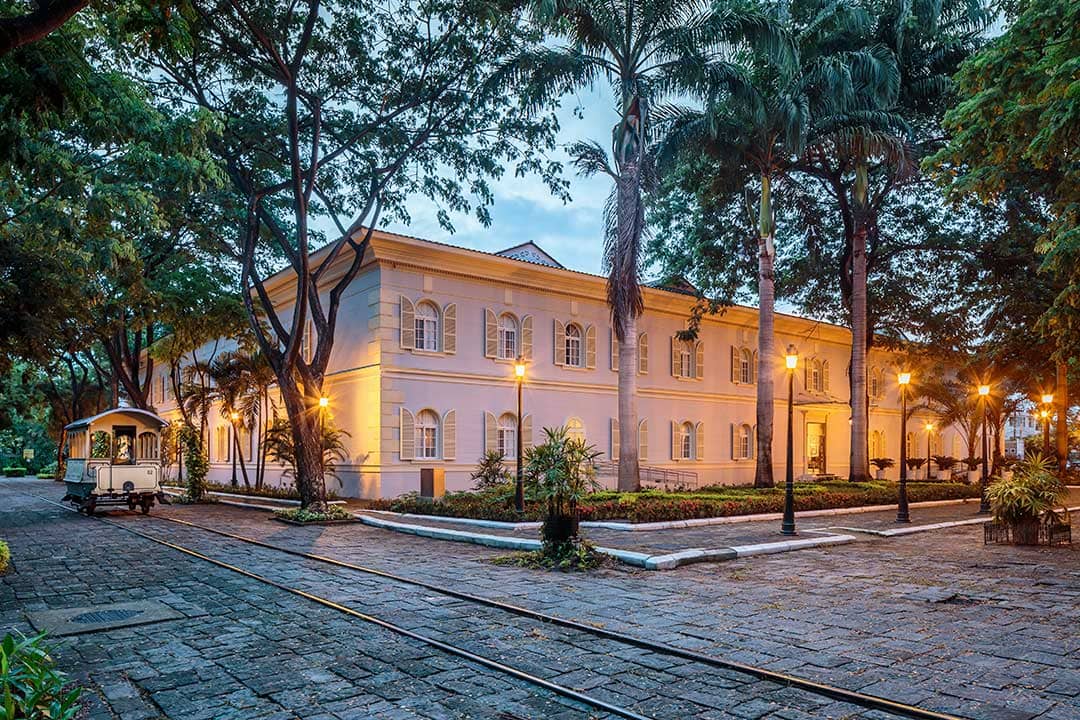
Paradise on Earth: Exploring the Galápagos Islands | Travel News
Want me to share a secret with you? I've never had a fondness for water. My recent snorkeling adventure in Costa Rica left me feeling seasick and necessitated a rescue buoy to bring me back to shore. Quite embarrassing. However, when Relais & Châteaux invited me to spend four days exploring the Galápagos Islands, I was determined not to let my discomfort at sea hinder my chance to witness the 'last paradise on Earth.' Armed with a robust supply of motion sickness tablets, I embarked on the journey.
Days 1 & 2
Our first destination was Quito, nestled high in the Andes and the first city to be granted Unesco World Heritage status for its exceptionally preserved historic center. I spent the night at Relais & Châteaux’s Casa Gangotena, an exquisite mansion turned boutique hotel in Plaza San Francisco. After savoring some local coffee, I bid farewell to Quito, promising to return and explore its cultural treasures. A flight of 815 miles west brought me to Galápagos Ecological Airport on Baltra Island, where even before reaching the arrivals lounge, I encountered two endemic species: a Galápagos land iguana basking near an opuntia cactus.
The Galápagos boasts some of the world's highest levels of endemism, with 97% of the archipelago being protected national park land. Accompanied by a National Park certified guide, I made my way to Relais & Châteaux’s Pikaia Lodge on Santa Cruz Island, perched on the edge of an extinct volcano in a cloud forest. The eco-lodge, with its futuristic appearance, offered a breathtaking view of untouched green wilderness extending towards the Pacific at sunset.
While many visitors prefer 'liveaboard' ships, the 14-room Pikaia Lodge specializes in land-based exploration, providing bespoke adventures during the day and the comfort of a five-star resort with a spa, infinity pool, and fine dining restaurant for the evening. This arrangement delighted the landlubber in me.
Day 3

The exploration continued with the resort's private luxury yacht, Vision Pikaia, taking us to North Seymour Island. There, I witnessed a fascinating display of birdlife, including frigatebirds, pelicans, and blue-footed boobies engaged in an elaborate mating dance. The journey continued to Mosquera Islet, where we had the opportunity to snorkel in turquoise waters alongside a playful group of juvenile sea lions.
Isolated from mainland threats, the Galápagos Islands are a unique haven where animals and humans coexist harmoniously. The absence of native inhabitants until 1832 and the establishment of the islands as a national park in 1959 contributed to animals perceiving humans as non-threats.
Day 4

Our quest for the Galápagos penguin led us to Sullivan Bay on Bartolomé Island, offering a stunning view of Pinnacle Rock. Snorkeling brought encounters with blacktip and whitetip reef sharks, and a surprising rendezvous with eight torpedoing penguins. A sea turtle joined us as we flipped our way to Golden Bay, creating another unforgettable experience.
Days 5 & 6

The following days were predominantly spent on land, starting with a visit to the Charles Darwin Research Station in Puerto Ayora and a tortoise reserve in the misty highlands of Santa Cruz Island. Slow-moving giant tortoises were abundant, showcasing the incredible diversity of these unique creatures.
My final day began with a heartening activity: planting a tree, a tradition at Pikaia Lodge. As I buried the roots of an endemic scalesia tree, I learned that the lodge had planted 11,000 trees since acquiring the 76-acre former cattle ranch. A visit to Tortuga Bay, named after nesting turtles, provided encounters with marine iguanas, the Earth's only seafaring lizards.
Day 7

An afternoon flight brought us back to reality in Guayaquil, Ecuador's port city. We eased back into urban life with a stay at Relais & Châteaux’s Hotel del Parque, the city's most luxurious and historic hotel, housing the celebrated restaurant Casa Julián. Dinner featured a remarkable tasting menu inspired by Ecuador's major export: cacao, marking a splendid conclusion to an extraordinary week.

